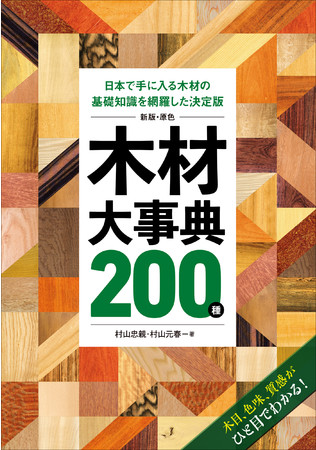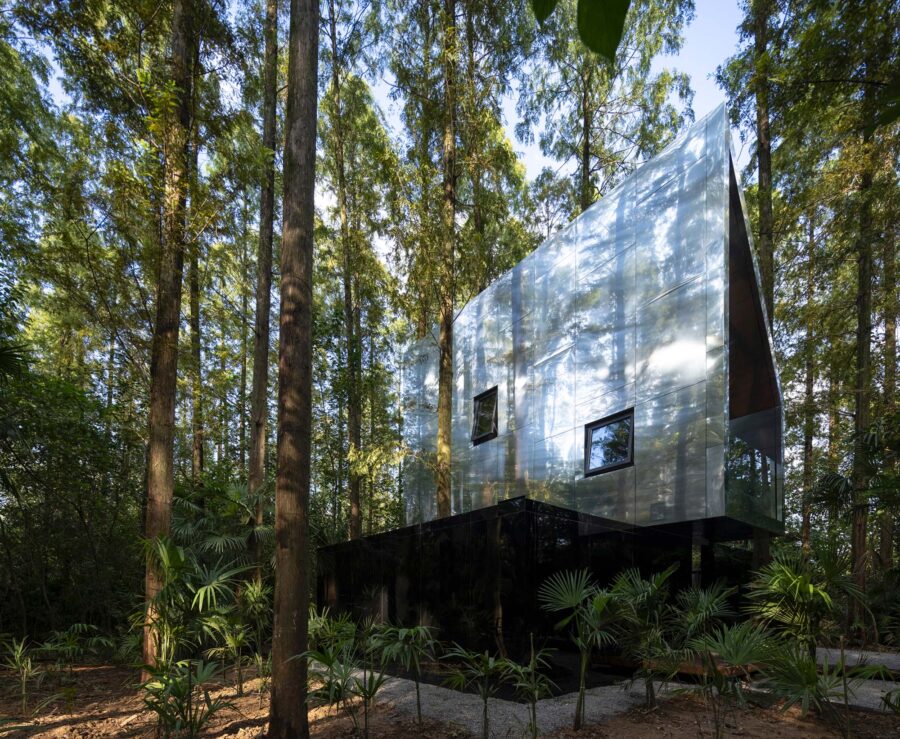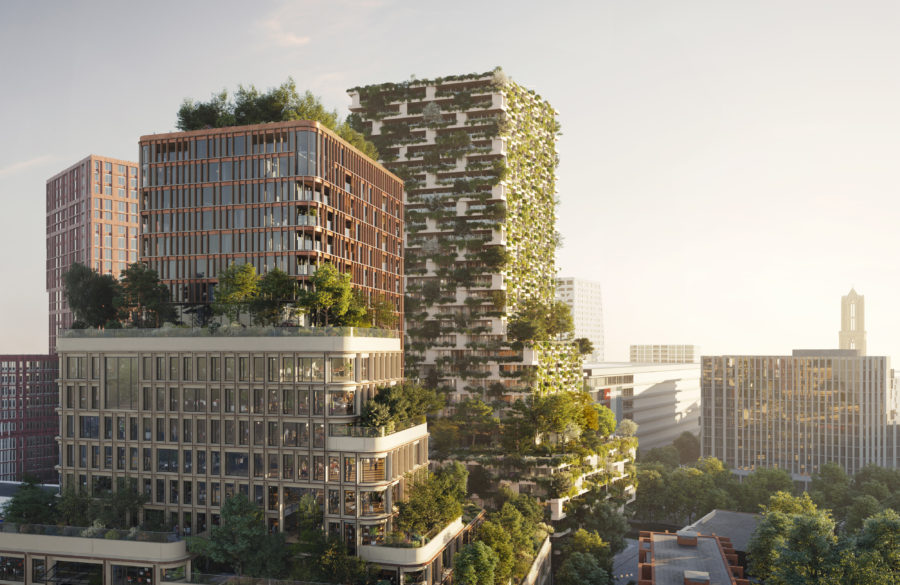
CULTURE


©︎ Spaceshift Studio

©︎ Spaceshift Studio
タイに建つ〈カオマイ・ティー・バーン(Kaomai Tea Barn)〉は、かつてタバコ工場であった建物をお茶を楽しむ空間へと改修したアダプティブリユース・プロジェクトです。
カフェ空間を半地下に配置することで既存のボリュームを強調し、劣化した構造を踏襲しつつ鉄骨や鉄筋コンクリートにより現代化するデザインとなっています。
バンコクに拠点を置く環境デザインスタジオ PAVA(Pacharapan And Varat Architects)が設計しました。
(以下、Pacharapan And Varat Architectsから提供されたプレスキットのテキストの抄訳)

©︎ Spaceshift Studio

©︎ Spaceshift Studio
敷地全体を再生するアダプティブリユース
タイ・チェンマイに建つ、タバコ加工工場の再生プロジェクト〈カオマイ・ティー・バーン〉は、60年以上前に建てられた複数の工場や納屋を含むタバコ生産施設「カオマイ・エステート1955」にて、継続的に行われているアダプティブリユース・プロジェクトである。
カオマイ・エステート1955は、敷地内で展開する新たなプログラムを段階的に一体化させるため、周囲の生態系や景観、既存の建物を尊重しながら、それらを結びつけるように慎重にデザインされている、リゾート施設を含む商業施設である。

©︎ Spaceshift Studio

©︎ Spaceshift Studio
既存を強調するレイアウトや照明計画
保存の原則に従い〈カオマイ・ティー・バーン〉の設計は、6×6mのグリッドに沿った計画としつつ、建築の寸法、形状、材料などの面で、納屋が有する特殊性を尊重している。
新たなカフェ空間を半分地中に埋めることで、既存のボリュームを強調しつつ、上部の階との緩やかなつながりをつくり出し、上部の階ではお茶を飲むという文化のユニークな体験を生み出す。
また、夜になると内部の光で照らし出される〈カオマイ・ティー・バーン〉の照明は、既存の建物がもつ歴史的な価値を強調するため、見えづらいように設計されている。

©︎ Spaceshift Studio

©︎ Spaceshift Studio
劣化した構造を踏襲しつつ現代化するデザイン
既存の構造体が劣化していたため、〈カオマイ・ティー・バーン〉には、建物をかつてのように再生させる設計手法「再建築技法(Reconstruction Technique)」を取り入れた。
建設チームは、レンガ、モルタル、ボイド、柱、梁など、建物のあらゆるディテールを測定、記録し、近代的な材料である鉄骨や鉄筋コンクリートにより工場のオリジナリティを尊重しつつ再構築した。
見過ごされてきた工業的な様式が、保存の原則と現代的なデザインを組み合わせることで、再び息を吹き返したのである。

©︎ Spaceshift Studio

©︎ Spaceshift Studio
地域の歴史と自然を尊重した商業エリア
〈カオマイ・ティー・バーン〉は、カオマイ・エステート1955にてPAVAが設計した、地域の歴史と生態系を尊重したマスタープランにおける1つの重要なピースである。
このプロジェクトは、保存された納屋の美観と豊かな自然を鑑賞し、地域の歴史や植物、生態について学ぶことを促しつつ、かつてのタバコ加工工場に地域社会の社会的・経済的な中心地としての役割を与えることで、社会の持続可能性を創造する。

©︎ Spaceshift Studio

©︎ Spaceshift Studio

©︎ Spaceshift Studio

©︎ Spaceshift Studio

©︎ Spaceshift Studio

©︎ Spaceshift Studio

©︎ Spaceshift Studio


以下、Pacharapan And Varat Architectsのリリース(英文)です。
KAOMAI TEA BARN
Architect: PAVA architects
Interior Architect: PAVA architects
Landscape Architect: PAVA architects
Lighting Design Consultant: Vasapol Teravanapanth
Structural Engineer: Nil Khamaoy
Contractor: Nil Khamaoy and Kaomai Team
Client: Kaomai Estate 1955
Photographer: Spaceshift Studio
Completion Year: 2022
Program: Tea House
Built Area: 210 m²
Location: Chiang Mai, ThailandKaomai Tea Barn is a continuously adaptive-reuse project within Kaomai Estate 1955, the revitalized project of a multi-decade tobacco processing plant estate in Chiang Mai. As part of the incremental plan to unite new commercial programs in the estate, the project location is carefully placed to respect, yet link the surrounding ecology, landscape and existing buildings together. As a result, the design envisions Kaomai Tea Barn as a connection platform to link Kaomai Avenue, the Amphitheater, and Kaomai Cafe both horizontally and vertically.
Following the conservation practice, the design respects the heritage barns’ specificity and authenticity in terms of architectural dimensions, form, and materials, including the repetitive 6 x 6 meter planning typology. Proposing to sunken the new tea house space is the design technique which highlights the authentic volume and creates a humble connection between ground level and the multi-floors of the architectural program. Meanwhile, these multi-levels create unique experience of tea drinking culture.
Tea barn is designed to glow in the dark environment. The lighting features are designed to be hidden as well as to emphasize the values and authenticity of the tobacco drying barn. To highlight the authentic brick surfaces and unique vertical interior space, linear lighting and smooth glowing downlight are subtly integrated with the locally crafted concrete, timber, and dark gray structure. Due to the proposed lighting design, the contrast of the tobacco drying barn solidness and the new opening space introduces the humble design experience along the historic routes, the existing architectural, and natural heritage.
The design embraces “Reconstruction Technique” which is the design methodology to rebuild the building perception as it used to be, since the existing structure has been deteriorated. The construction team measures and records every detail of building materiality such as brick, mortar, void, columns and beams. Respecting the barn originality, reconstructing the preserved bricks with modernized steel and reinforced concrete will resurrect an overlooked industrial typology to life again by combining a conservation practice with a contemporary design aesthetic.
Under the umbrella of the “Historical and Ecological Tourism” framework, Kaomai Tea Barn is another vital part of the holistic Masterplan which could economically, socially, and environmentally grow through time. The project once again encourages visitors to appreciate the aesthetic of the preserved tobacco drying barns and rich nature, as well as learn about the local history, native plants and ecology on site. The project brings back the role of the tobacco processing estate in the past, serving as the social and economic center of the community and enhancing nowadays’ spirit of local inclusion and creating social sustainability.
All copyright © PAVA architects
Photo copyright © Spaceshift Studio
「KAOMAI TEA BARN」Pacharapan And Varat Architects 公式サイト
https://pavaarchitects.com/projects#/kaomai-tea-barn/









